SCHEDULE AN APPOINTMENT WITH US
Are Your Symptoms Affecting Your Quality Of Life?
Consult our MOH-accredited orthopaedic specialist for an accurate diagnosis & personalised treatment plan today.

MBBS (S’PORE)
MRCS (Ireland)
MMed (Ortho)
FRCSEd (Ortho)
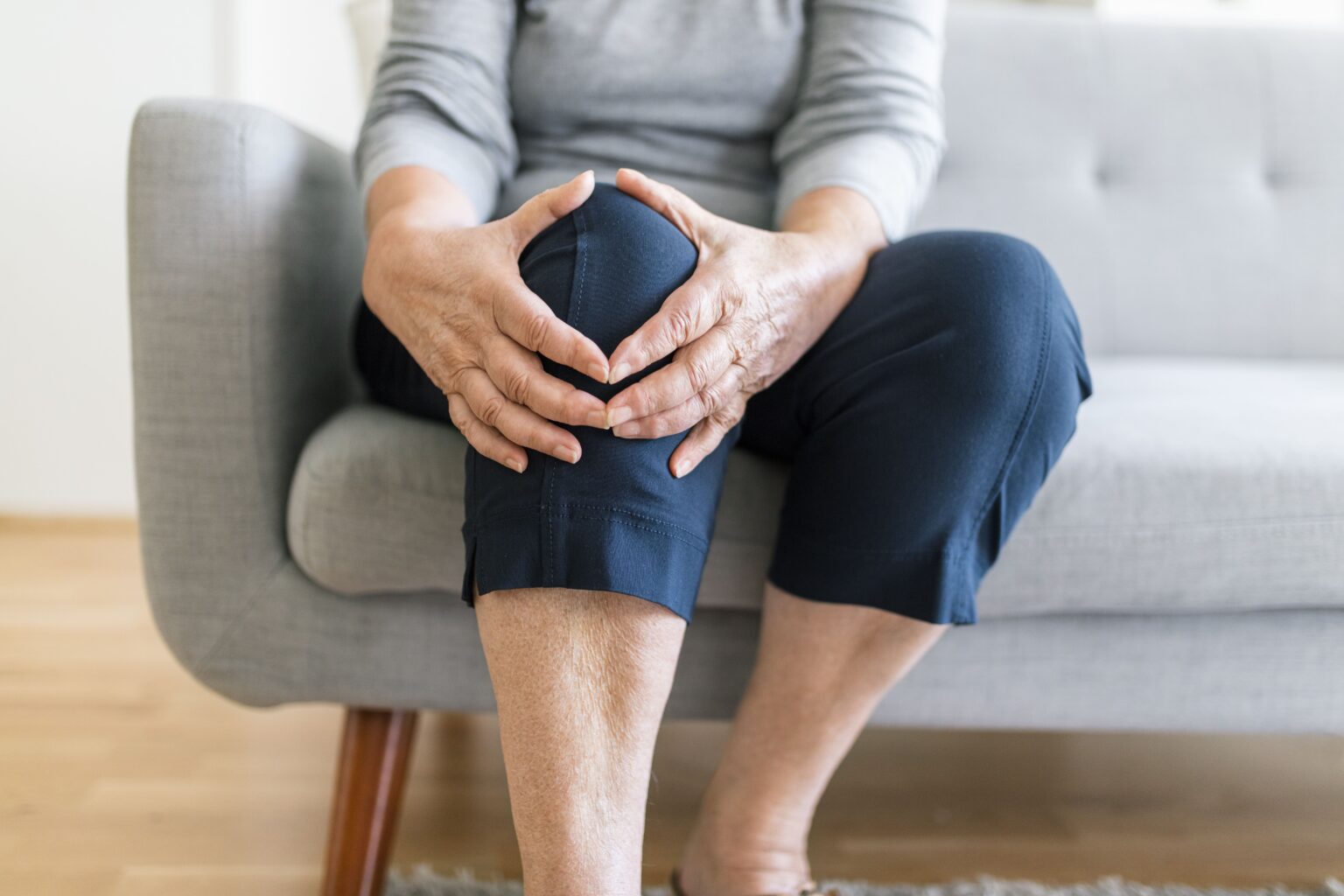
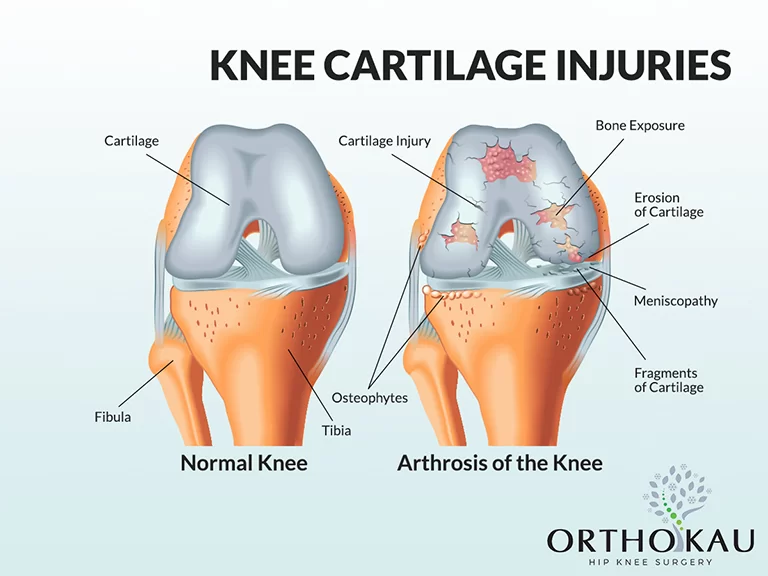
Osteoarthritis is a degenerative joint disease where the protective cartilage wears down, and eventually, the bones grind against each other. Osteoarthritis is the most common form of arthritis, frequently occurring in the hands, hips and knees.
In knee osteoarthritis, the articular cartilage is affected. This cartilage cushions the bones that form the knee joint. As it wears down, the knee bones rub against each other, causing pain and issues with mobility.
As the cartilage wears and tears, the most common symptom is pain in the knees when you move and even when you are still. Other symptoms include:
While osteoarthritis and rheumatoid arthritis may have the same joint symptoms, the causes of the two conditions differ.
Osteoarthritis is the mechanical degradation of the cartilage that cushions the bones in the joints. Rheumatoid arthritis is an autoimmune disease where the body’s immune system begins to attack the joints by mistake.
A few causes and risk factors increase the likelihood of knee osteoarthritis. These include:
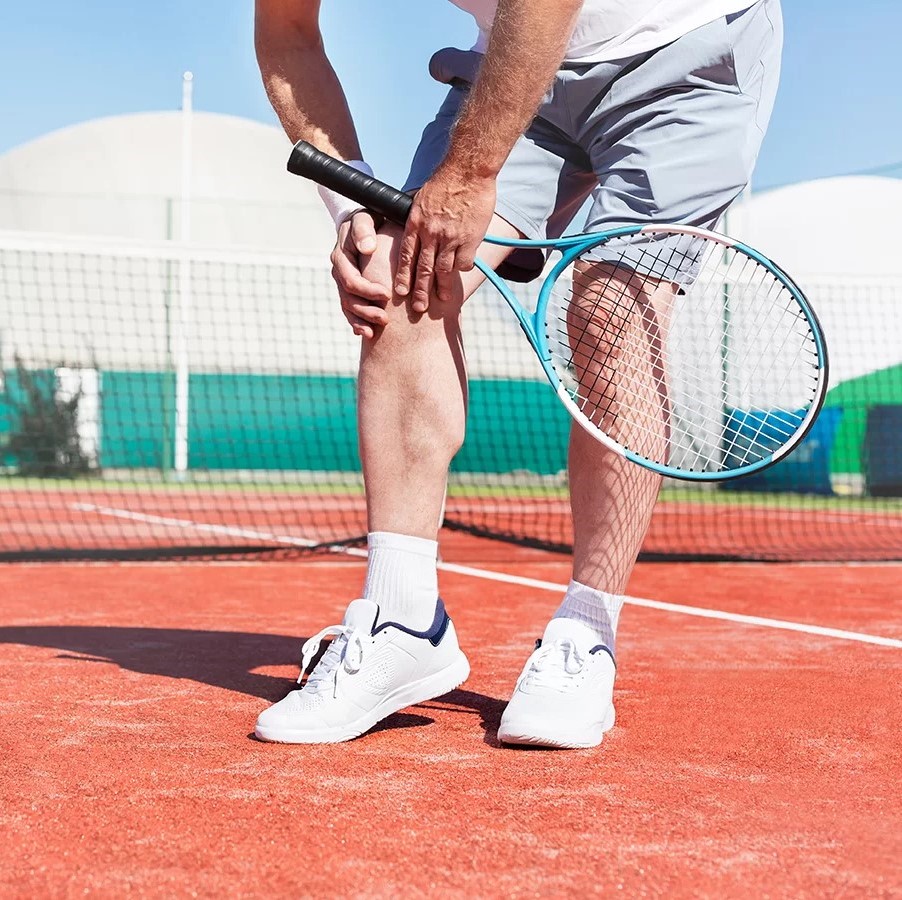
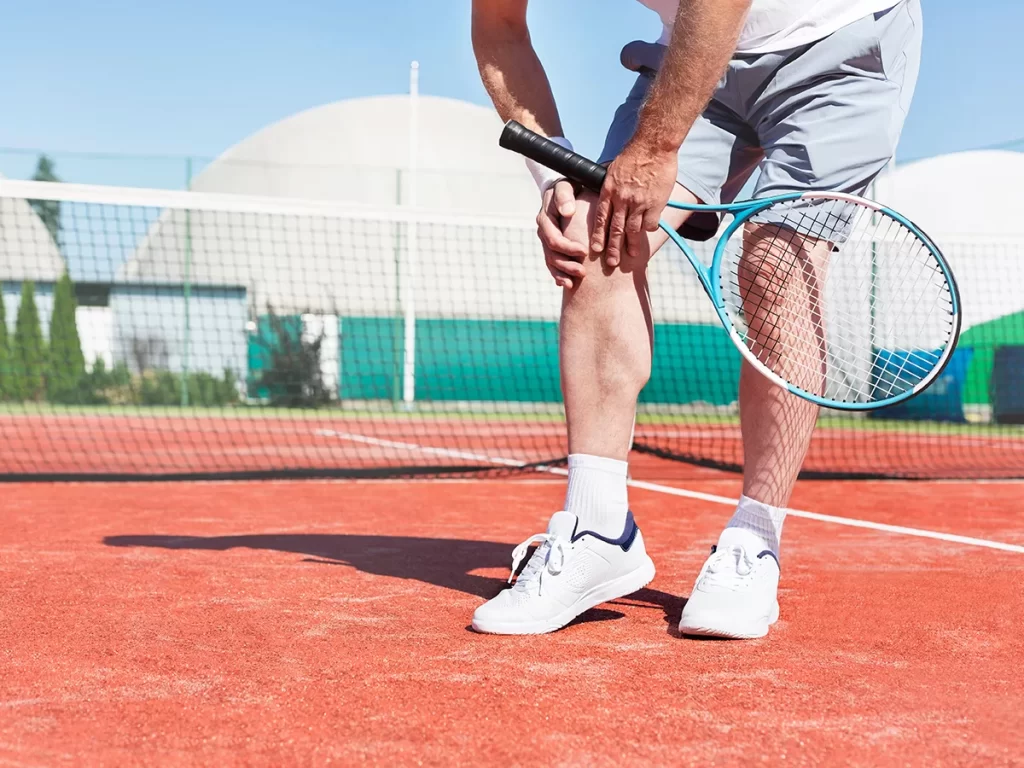
Osteoarthritis is a chronic condition that progressively worsens over time. The pain and stiffness can result in mobility issues like difficulty climbing stairs and a higher likelihood of falling from unstable knees.
The lack of movement due to the pain also reduces activity levels, which in turn increases the risk of weight gain, high blood pressure, diabetes and heart disease.
More serious complications of osteoarthritis include joint damage such as an infected joint, a complete breakdown of the cartilage, a hairline crack in the bone, bleeding inside the joint and even bone death.
It is not entirely possible to prevent osteoarthritis as our joints experience wear and tear every day and deteriorate faster as we age. However, it is possible to minimise the risk of osteoarthritis through good lifestyle habits.
SCHEDULE AN APPOINTMENT WITH US
Consult our MOH-accredited orthopaedic specialist for an accurate diagnosis & personalised treatment plan today.

A physical examination is first carried out. The doctor will examine the knee for swollen joints and mobility, identify symptoms and assess your medical history.
Your doctor may also order more tests to confirm the diagnosis, such as:
The severity of knee osteoarthritis is grouped into five stages from Stage 0 to Stage 4. Depending on the stage, the treatment for the condition will differ.
A normal knee with no symptoms or signs of osteoarthritis is categorised under Stage 0. No treatment will be required for Stage 0 osteoarthritis.
Minor wear and tear of the cartilage and bone spur growths are classified under Stage 1. Stage 1 may not cause much discomfort or pain, and treatment is usually not needed. Changes in lifestyle, such as exercise, can be beneficial at this stage.
At this stage, there will be more bone spur growth, but the cartilage is still at a normal size, and the bones are not yet rubbing against each other. However, this is the stage where symptoms start to feel uncomfortable.
Some symptoms include:
The treatment at this stage aims to slow down the progression of osteoarthritis. This will include a regular exercise regime, a healthy diet to lose weight if the patient is overweight, and knee braces to stabilise the knee.
Stage 3 is when the cartilage shows significant damage and the space between the bones narrows. The pain and stiffness when walking and sitting will likely become more frequent, and joint swelling may occur.
If over-the-counter pain medications are ineffective, a prescribed pain reliever may be given. If lifestyle and diet changes are not helping, viscosupplementation treatment is an option. This treatment injects hyaluronic acid into the knee joint to reduce pain and swelling.
This stage is the most severe form of osteoarthritis. The cartilage has almost completely degraded, and the joints are rubbing against each other constantly, causing inflammation and pain. At this stage, mobility is greatly affected, and any movement can result in severe pain.
Surgery is the recommended treatment for Stage 4 osteoarthritis. The possible options are bone realignment surgery, where the bone is shortened or lengthened to shift the body weight away from the affected joint, or total knee replacement, where the damaged joint is replaced with an artificial one.

MBBS (S’pore)
MRCS (Ireland)
MMed (Ortho)
FRCSEd (Ortho)
Dr Kau (许医生) is a Fellowship trained Orthopaedic Surgeon with a subspecialty interest in Hip and Knee surgery and has been in practice for more than 15 years.
He is experienced in trauma and fracture management, sports injuries, and joint replacement surgery.
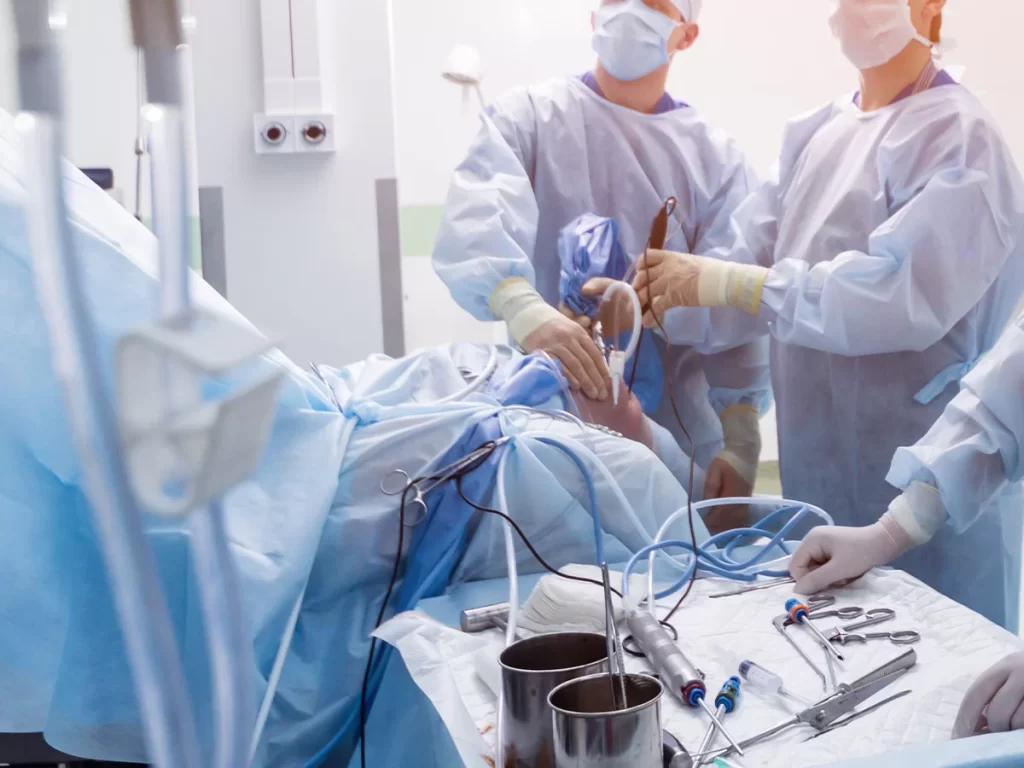
Treatment for knee osteoarthritis can include both surgical and non-surgical options. Non-surgical examples include medications such as nonsteroidal anti-inflammatory drugs or injections. Physical therapy, such as exercise and stretches, can help strengthen the joints. A healthy diet and losing weight can also reduce stress on the knee. Accessories such as knee braces and supports may also be used to treat osteoarthritis.
Once all of the non-surgical options have been exhausted, and if the symptoms are severe, surgical treatment will be recommended. Partial knee replacement or total knee replacement are some options depending on the severity of the damage. A partial knee replacement only removes a portion of the knee, while a total knee replacement replaces the entire bone and cartilage. These surgeries will remove the damaged joint and replace it with an implant made of plastic or metal.
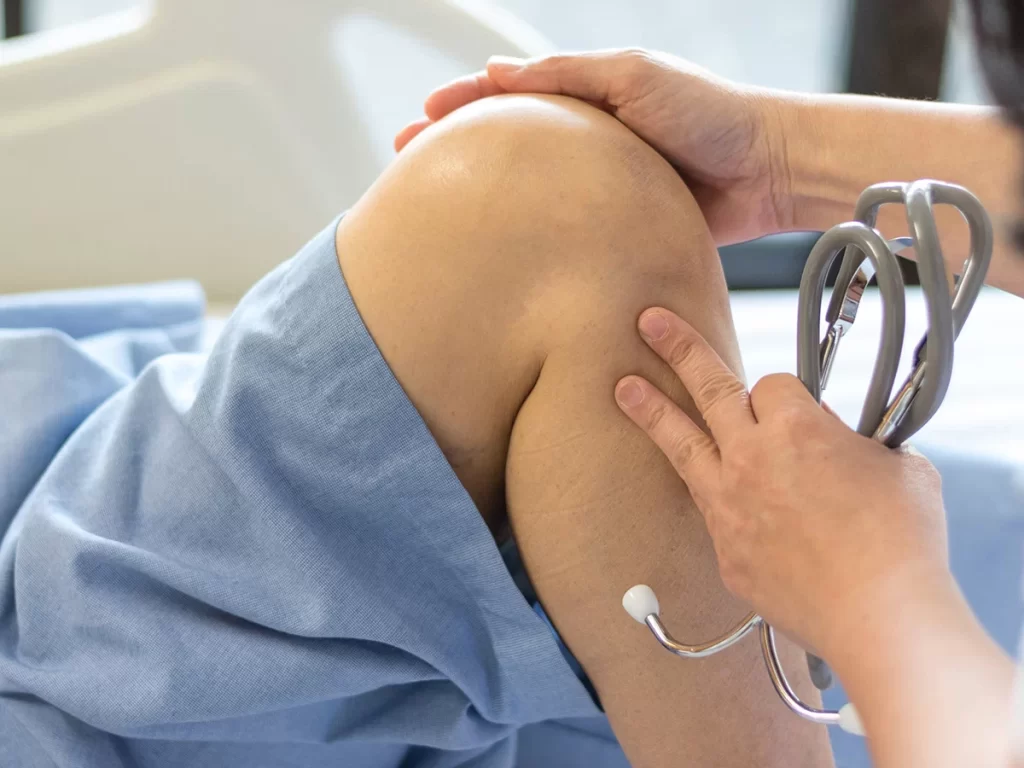
According to MOH’s fee guideline, knee replacement surgery costs an average of $36,000 at a private hospital. This fee is calculated before deducting your personal insurance plans (Integrated Shield Plans, Medishield Life) and MediSave payouts. The maximum MediSave payout you can obtain for a one-sided knee replacement is $4,650.
Dr Kau (许医生) is on the panel for most major local insurers. Talk to our team and your insurance agent to understand the out-of-pocket fees required for a knee replacement surgery.
For Singaporeans, Singapore Permanent Residents and Foreigners.
Please speak to our friendly clinic staff about using your insurance plans.

If you have any enquiry, please do get in touch. Leave us a message and we will get back to you shortly.
Walking is recommended for knee osteoarthritis if you have mild to moderate pain. The low-impact activity can ease pain and increase mobility.
Maintaining a healthy weight, participating in low-impact activities and controlling your blood sugar can help manage knee osteoarthritis.
High-impact activities like running, squatting, hiking and climbing stairs can worsen symptoms of knee osteoarthritis.